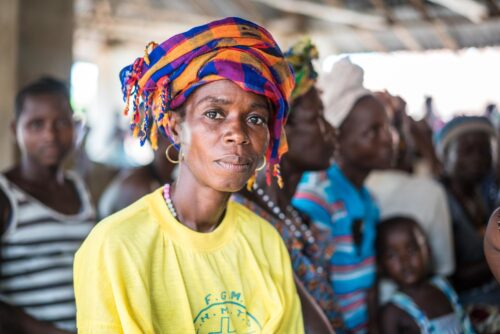Harmful Traditional Practices in Urban Settings: A Review of the Evidence on Prevalence and Effective Interventions
Harmful traditional practices (HTPs) are destructive practices, sustained by tradition, that negatively impact women and girls. While some evidence exists on HTPs broadly, relatively little is known about their prevalence and effective interventions to address them in urban settings. This brief surveys the evidence, identifies knowledge gaps, and makes recommendations for development partners.
